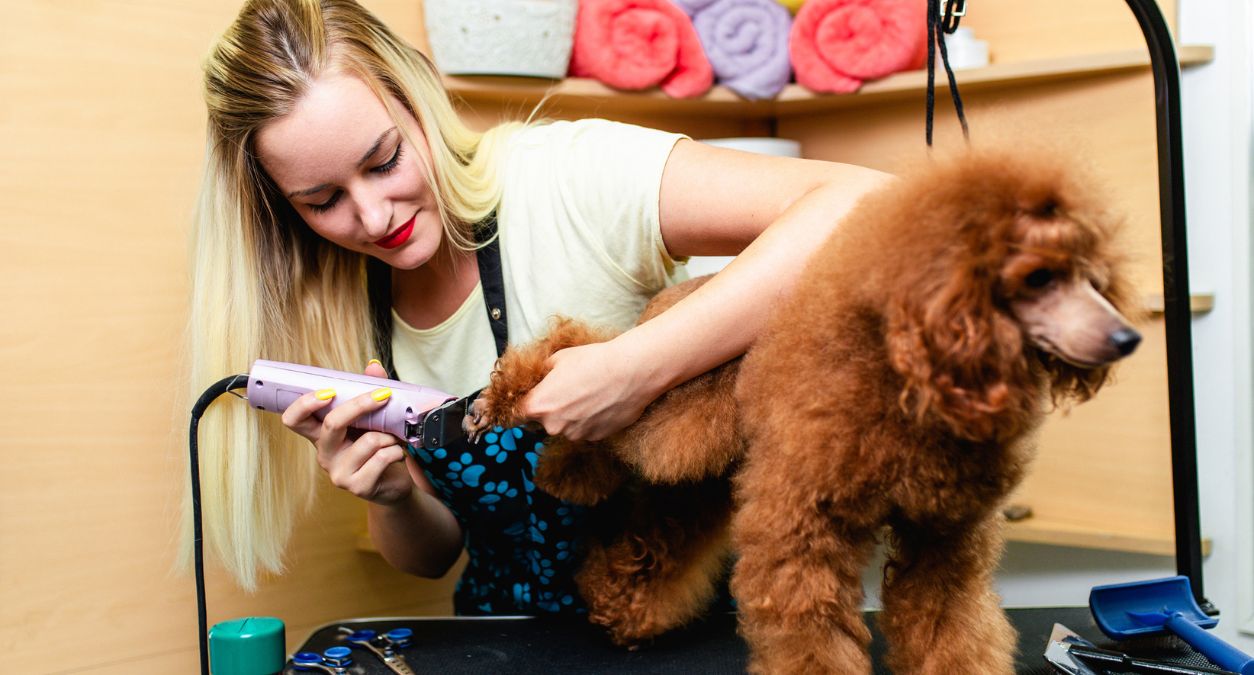Table of contents
Event management is a popular career choice for people from many walks of life, and it’s easy to see why. The satisfaction of pulling off a complex event and bringing many different elements together for success can be immense, and the best event managers around are highly sought after with high earning potential.
However, if you’re new to the events industry, then it can be difficult to know exactly where to start and how to turn aspiration into reality. To help, we’ve created this guide that covers all the basics of how to get into event management, so that you can stay on the right track as you work towards your goal.
Get Event Insurance from Protectivity
*Disclaimer – This blog has been created as general information and should not be taken as advice. Make sure you have the correct level of insurance for your requirements and always review policy documentation. Information is factually accurate at the time of publishing but may have become out of date.
Last updated by














